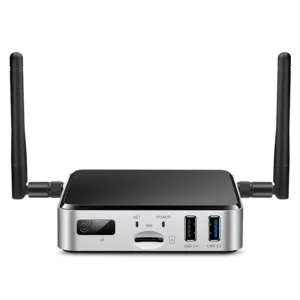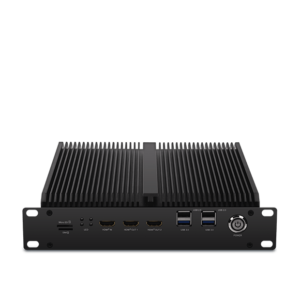A Detailed Guide to Deploying AI on Edge Devices
A Detailed Guide to Deploying AI on Edge Devices
Blog Article
AI on Side Units vs. Cloud AI: Advantages and Cons
Real-World Programs of AI on Edge Devices
Artificial intelligence (AI) is no longer confined to the region of big, centralized data centers. Thanks to developments in technology, edge devices now perform a vital role in deploying AI right wherever knowledge is generated. But what does AI on side units suggest, and exactly why is it creating such a buzz? Here, we'll explore how edge ai solutions runs in real life through edge products and reveal their wide range of realistic applications.

What's AI on Edge Devices?
AI on edge products identifies deploying artificial intelligence calculations entirely on units like smartphones, cameras, drones, or IoT sensors. They do not want access to centralized machines for running information; instead, they accomplish analysis and conclusions domestically, making the procedure faster, more effective, and often more secure.
The "edge" here simply identifies research done near to or at the origin of data era, rather than relying on the cloud. That change is driven by the demands for real-time data running and the necessity to decrease latency, increase solitude, and reduce bandwidth usage.
Critical Real-World Applications of Edge AI
1. Wise Security
AI-powered cameras equipped with facial acceptance, activity recognition, and anomaly detection are transforming detective systems. Edge units in this domain can analyze movie streams in real-time to recognize dubious actions, remove fake alarms, and enhance public safety. As an example, AI methods may identify unusual activities and attentive authorities straight away without the need to deliver movie knowledge to a central server for analysis.
2. Healthcare Monitoring
Wearable units and lightweight medical equipment are leveraging ai m.2 module for controlling wellness information more efficiently. Edge-based AI in devices like wellness trackers and smartwatches screens users' vitals, such as for example heartbeat, oxygen degrees, or body pressure, in real-time. These techniques analyze information domestically and provide fast feedback, paving just how for faster treatment all through emergencies.
Beyond wearables, sophisticated medical imaging devices built with on-device AI may find signs of conditions like cancer, permitting early in the day diagnoses even yet in remote areas without web connectivity.
3. Autonomous Cars
Self-driving cars are among probably the most well-known samples of edge AI in action. With detectors, cameras, and LiDAR programs offering as information resources, AI computations take position onboard these vehicles to create split-second decisions. From finding pedestrians and obstacles to navigating city streets, edge AI ensures that the car works reliably and efficiently. The real-time control convenience of edge devices reduces the reliance on high-latency cloud techniques, ensuring safety in life-critical scenarios.
4. Retail Analytics
Edge products in retail conditions are supporting corporations analyze consumer behavior. Wise shelves and AI-equipped cameras can find client choices, monitor supply, and actually modify in-store experiences in actual time. The information produced from these units helps merchants produce informed conclusions, increase customer satisfaction, and improve supply management.

5. Commercial IoT
Factories and professional plants are adopting edge AI to revolutionize their tracking and automation processes. AI-powered detectors on equipment identify possible faults long before they result in expensive failures. Predictive preservation pushed by side AI decreases downtime, improves productivity, and assures security on the manufacturing floor.
6. Individualized Activities in Consumer Devices
Your smartphone is a perfect exemplory case of how side AI personalizes individual experiences. Features such as voice assistants, adaptive camera controls, and on-device language translation use real-time AI to answer user needs without giving sensitive data to external servers. That fosters equally ease and privacy for the end user.
The Growing Influence of Edge AI
The usage of AI on side devices continues to spike, pushed by industries' increasing demand for low-latency, real-time processing, and greater knowledge privacy. Its purposes are reshaping industries which range from healthcare and automotive to community safety and retail. By getting AI's energy nearer to wherever information is generated, side products aren't only improving efficiency but also showing the unlimited potential of innovation in the current attached world. Report this page